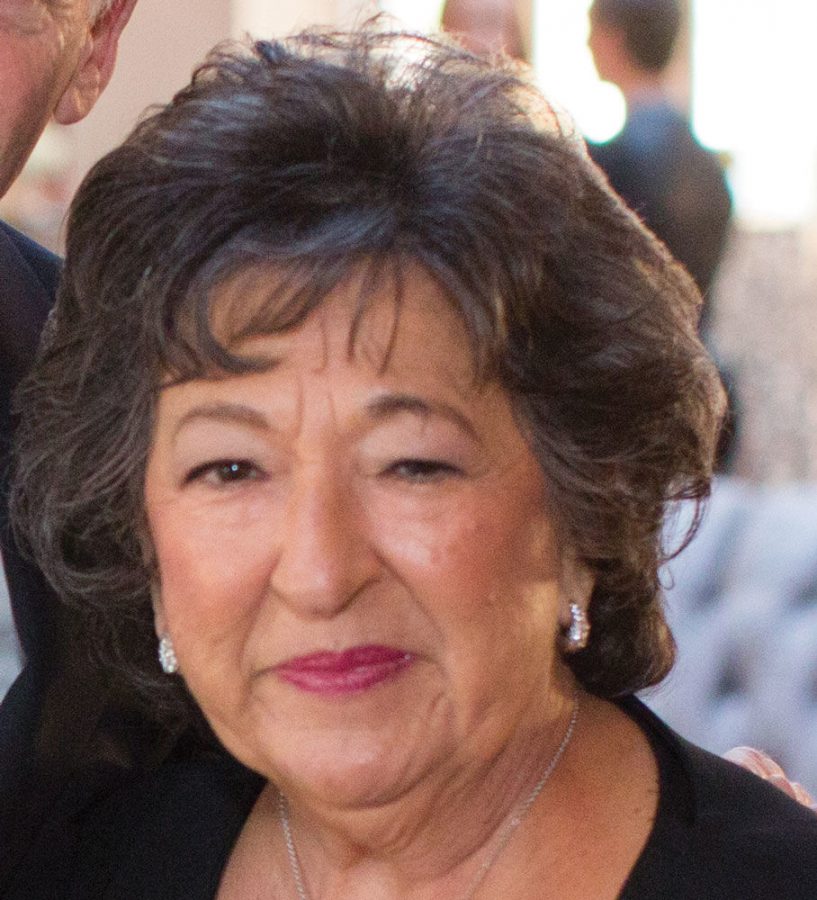Collage opens up a world of 3-D possibilities in the arts
Published March 24, 2021
When I think of collage, my mind goes first to Picasso and Braque: Pablo Picasso’s “Les Demoiselles de Avignon” (1907) and Georges Braque’s, “Houses at L’Estaque (1908). These works are referred to as Cubist, a name applied as an insult by critics as so many avant-garde works were back then.
The term papier collé was coined by both Braque and Picasso in the beginning of the 20th century when collage became a distinctive part of modern art. Wikipedia describes collage, from the French coller, “to glue” or “to stick together,” as a technique of art creation, primarily used in the visual arts, but in music too, by which art results from an assemblage of different forms, thus creating a new whole.
A collage is a work of art made from numerous materials such as paper, newsprint, photographs, fabric and other found objects. Many contemporary collages are made by placing electronic images on a digital background. Collage art has allowed artists to break free from the more traditional two-dimensional forms on canvas and not only add an extra dimension but also texture and a never-ending array of materials from which to work from.
ADVERTISEMENT
Some of the famous artists who used collage in modern art whose name’s might “ring a bell” are:
• Man Ray (born Emmanuel Radnitsky in 1890). He created artwork in the Surrealist and Dada styles. He came up with the idea for rayographs as a play on his name and photographs after he experimented with camera-less photography.
• Kurt Schwitters, who is most associated with the Dada movement. He is well known for creating assemblage and collage work. He brought together materials that he found on the streets in Hannover, Germany in order to make assemblages. He did this in an effort to show that German culture was mostly in ruins.
• Joseph Cornell. His artwork has been said to be poetic, romantic, surrealistic, and lyrical. He taught himself much about art and developed a sophisticated technique with his collages, box constructions, and with the experimental films that he created during the 1930s.
ADVERTISEMENT
• Jesse Treece, who takes newspaper comic strips, architectural drawings, pieces of art from Hayao Miyazaki and Salvador Dali, images from the 1960s and 1970s, and bits of dystopian science fiction books to create his collage works.
The Sidney Janis Gallery in New York held an early pop-art show in 1962 called the “New Realist Exhibition” and featured many well-known artists such as Roy Lichtenstein, Claes Oldenburg, Andy Warhol, Yves Klein and dozens more. Many used collage techniques in their work.
There were earlier precedents in history. Techniques of collage were first used at the time of the invention of paper in China, around 200 BC. The use of collage, however, wasn’t used by many people until the 10th century in Japan, when calligraphers began to apply glued paper, using texts on surfaces, when writing their poems. The technique of collage appeared in medieval Europe during the 13th century. Gold leaf panes started to be applied in Gothic cathedrals around the 15th and 16th centuries.
Collage is used very frequently in contemporary art shows as is evidenced in two recent art exhibitions in St. Louis. The William Shearburn Gallery recently featured Andy Millner’s, “Floating World.” The title comes from the Japanese term ukiyo, Millner says.
“Ukiyo has a complex history, the more I explore the more there is to unpack,” said Millner. “My floating world is made by digitally collaging together the individual plant drawings from my archive, and adding new silhouettes of figures into larger, artificial landscapes. They are colored with gradients inspired by traditional ukiyo prints, printed onto mulberry paper, and then mounted to linen.”
And Kahlil Irving, one of the “Great Rivers Biennial” artists at the Contemporary Art Museum St. Louis who addresses cultural rules set by colonialism, challenges those constructs through material and form. The artist conflates history and the contemporary through a gathering of multiple images and sources derived from his own physical and social media explorations.
Kahlil says, “I realized I had the opportunity to show a lot of new gestures, four to five sculptures from several groups of work, a large collage of 66 feet, new and old flags. What people will experience is deeper and more nuanced. Here is realized my research and investigations into colonialism in the U. S. and Midwest through multiple materials, media, objects, and forms.”
We often hear of watercolor societies both national and international, but don’t hear as often about collage organizations.
Collage is actually a genre or art discipline of its own. There are organizations such as the “Collage Artists of America.” The specific purpose of CAA is to promote interest and participation in the study, appreciation and support of collage, assemblage, and related mixed, media art by providing resources such as educational programs, instructional workshops, and art exhibits to its members and the public.
Maybe we can become more aware at our next trip to a museum or other art exhibition of the process and use of collage to make one outstanding work of art.
















